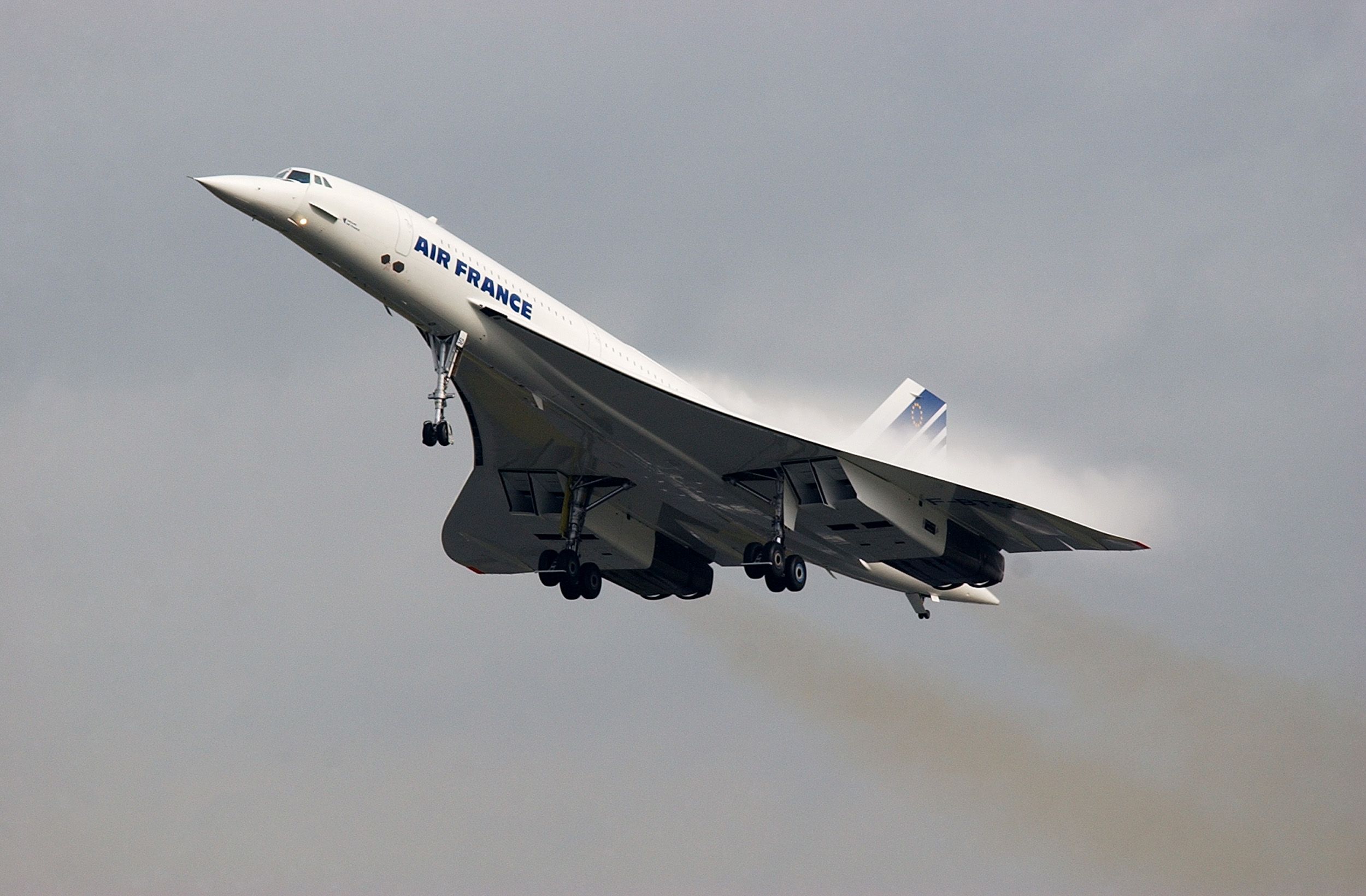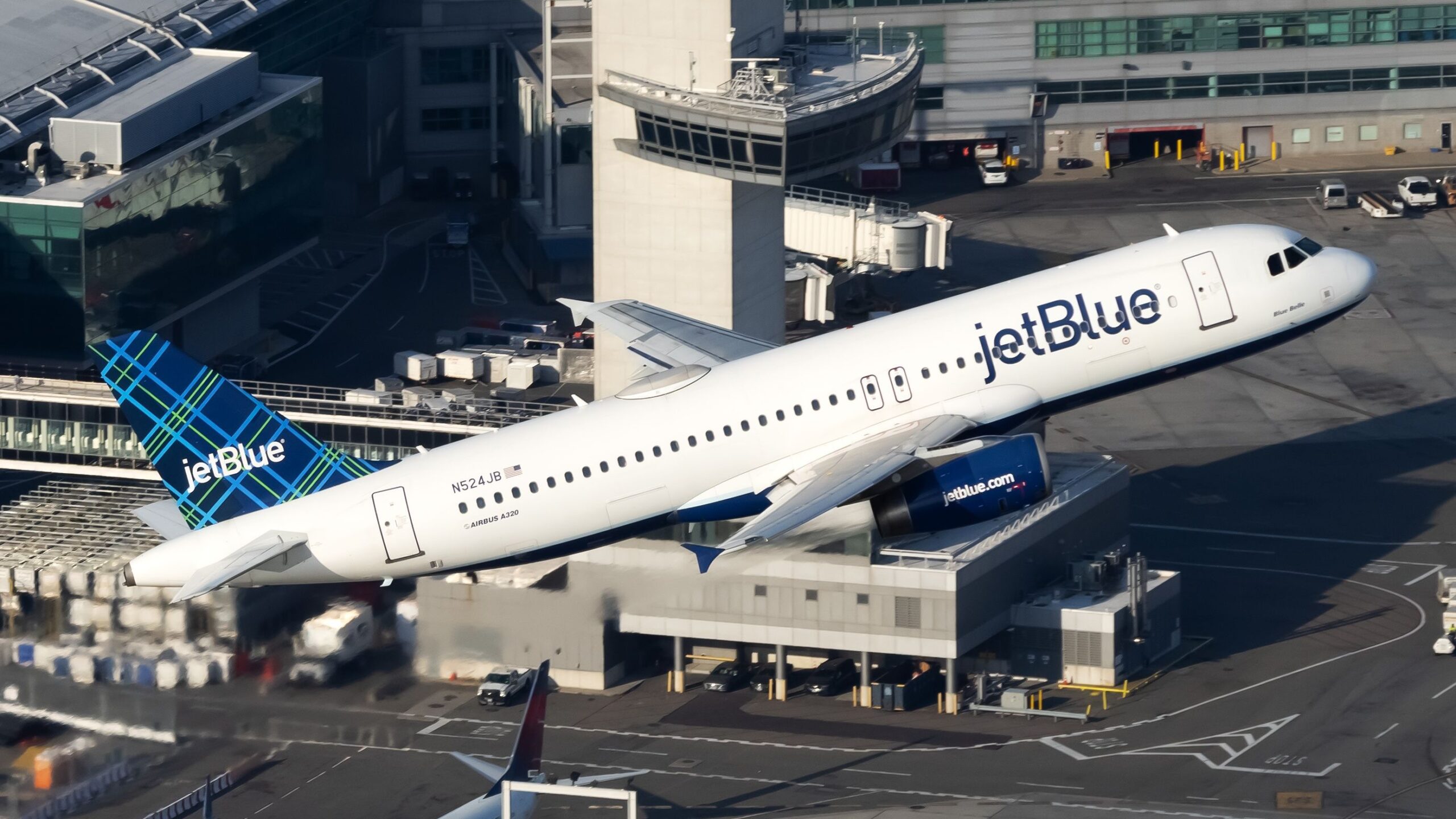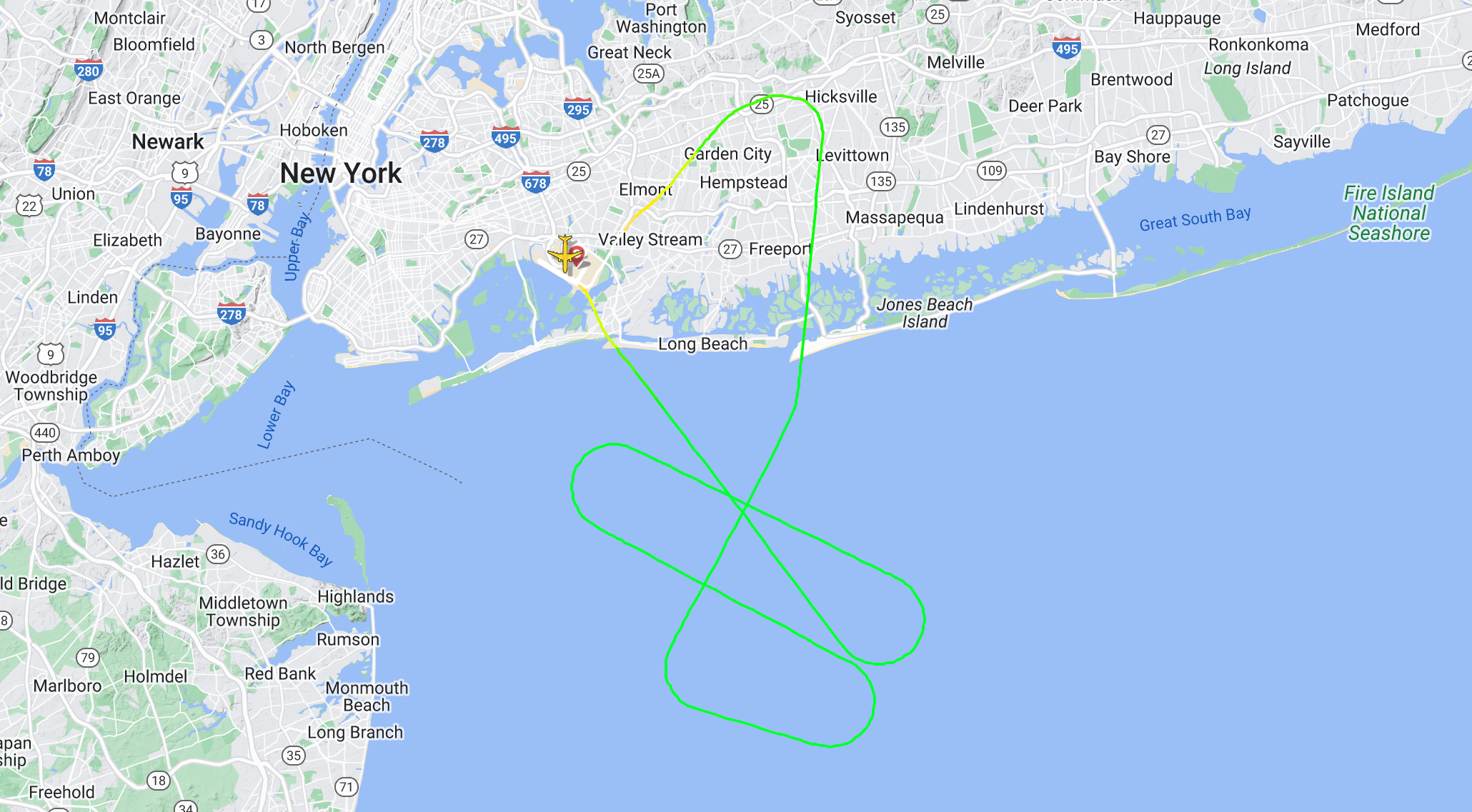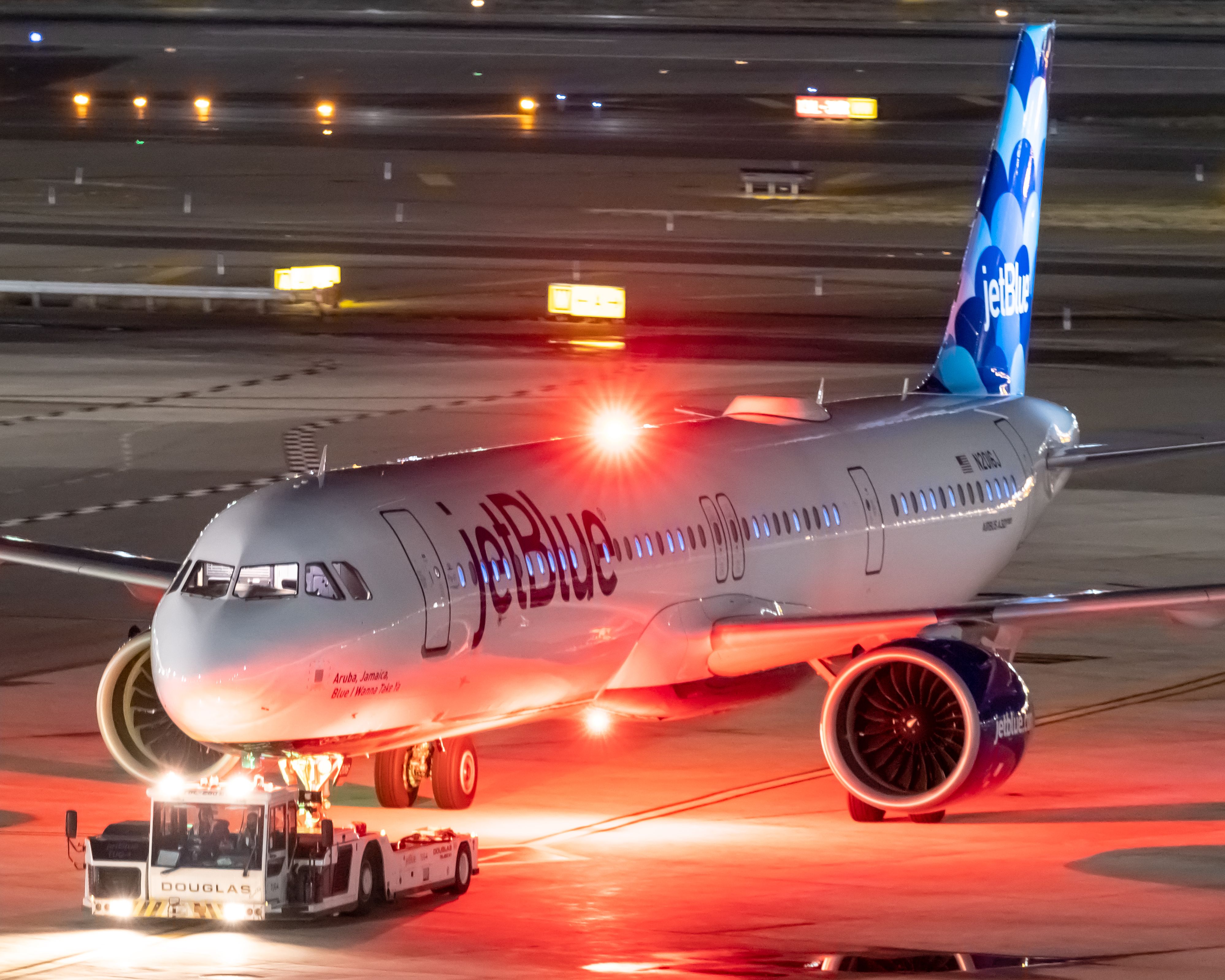Summary
- A JetBlue A320 returned to JFK after FOD was detected; the aircraft still grounded.
- Metal debris was found between taxiways L and M and another plane replaced the grounded A320..
- FOD can be dangerous, as seen in the Air France Concorde Crash.
A
JetBlue
aircraft was involved in an incident on Tuesday evening after Foreign Object Debris (FOD) was found emanating from the Airbus A320. The aircraft was operating a scheduled flight from New York’s John F. Kennedy International Airport (JFK), where it was forced to return following the incident. A few days later, the aircraft was still on the ground in New York, Flightradar24 data shows.
FOD dissipating from the aircraft
This peculiar incident saw an Airbus A320-200, operating a regularly scheduled flight from JFK to West Palm Beach (PBI), return to New York after FOD dissipated from the aircraft itself. The aircraft took off from runway 13R and reached 5000 feet before ATC advised that debris had been spotted flying from the aircraft, triggering the decision to return to base.
Another JetBlue plane took off just behind the affected aircraft and was asked by ATC whether it had seen any metal debris on the runway. The crew first responded with a negative but soon reversed that, reporting it had seen two pieces of debris falling to the left-hand side of the runway edge lights.
In the meantime, a runway inspection was carried out based on the new account from the observing JetBlue plane. The tower informed the runway inspection team to see if any debris could be spotted between taxiways L and M. They found three pieces of medium-sized metal fragments.
The A320 in question
The aircraft affected in the incident was an Airbus A320-200 registered N507JT. Upon being informed by ATC of the debris, the plane maneuvered towards New York JFK, landing on runway 22L at 21:05 local time, roughly 30 minutes after departure. Take a look at the plane’s flight path below.
Another A320, registered N636JB, was sent as a replacement aircraft to operate the flight to PBI. The plane landed at 02:10 local time, roughly three hours later than the scheduled flight (B6 153).
Ch-aviation data shows that the aircraft involved in the incident is 24.18 years old and was delivered to JetBlue back in June 2000. The plane currently features 120 seats in economy and 42 in JetBlue’s ‘Even More Space’ offering. The aircraft has two V2500s engines produced by the manufacturer International Aero Engines. Between 2006 and 2010, the A320 operated for Germany’s Blue Wings airline before being withdrawn from use and returned to service with JetBlue.
The aircraft has remained on the ground at New York JFK since the incident. Planespotters.net reports the aircraft is “stored” at JFK airport as a result of the incident.
The impact of FOD
FOD can be extremely dangerous, notably on the airport runway. The most notable example of its influence is its role in the Air France Concorde Crash. A piece of metal falling from a Continental Airlines DC-10 aircraft that had taken off moments before was reported to have caused the deadly accident.

Related
What Caused The Air France Concorde Crash?
How a piece of metal thinner than a penny cost the lives of 113 people.
Thankfully, in this case, the debris was reported and eventually found, and it did not impact the aircraft that took off behind N507JT.




.jpg)